Written by Dr. Marc Lener
Before the covid pandemic was a reality, do you remember what life was like? Do you long for those days like I do? If you’re wondering if you are in a depression, or you’re in the midst of adjusting to the new normal, below are some words of wisdom and hope.
Denial may have a purpose, but staying there isn’t an option
Posited by Sigmund Freud, denial is an unconscious mental process that results in a person denying aspects of reality to ward off any threats to the “ego”, or to the “self”. If its purpose is to ward off any threats, denial can keep us in a holding pattern that allows us to live our lives without the “nuisance” of reality… unless it remains for too long, preventing us from adapting to a new environment. In these cases, denial can delay the process of forming an adequate solution to problems that are not in clear conscious sight.
You may have been in denial as the covid crisis unfolded. Now you may be in denial of the true challenges of the new normal. All of this is normal and is your mind’s way of protecting itself. Identifying the role denial is playing for you can help you move into reality with acceptance.
Fear is a normal response to threat; anxiety is a response to anticipated threat
Fear, a universally experienced emotion, is a major driving force to escaping danger. There are arguably 5 universal fears that we all encounter in our lives: A fear of death, a fear of impending pain, a fear of rejection, failure, or humiliation, a fear of separation and abandonment, and a fear of loss of control.
To know that our time on this planet has some endpoint can make us feel insignificant, confused, frightened, and if not taken with proper consideration, this knowledge can prompt us to go into despair. This pandemic has brought the fear of death front and center.
The need for social distancing has brought about new threats to our emotional health. Our social need for connectedness is counteracted by a need for distance, and therefore loneliness has become a frontrunning threat. Our need to provide sustenance and safety are being counteracted by pay cuts, layoffs, or failures of businesses. These actions can induce a strong sense of injustice and a perception of being victimized that can lead to further distrust and rage, urging people to fight… someone, or maybe something.
When we become fearful on a consistent basis, in anticipation of the threat even if it’s not immediately or evidently present, we call this anxiety. Anxiety is what nearly all of us are feeling, in all of its varieties and cadences. And, for those who have had traumatic experiences in their lives, it can trigger those traumatic events as if they just happened yesterday.
The solution for fear and anxiety is a sense of purpose, truth, and the human connection
A solution to our fears and anxieties is to continue going about life with a sense of purpose and acceptance of truth. Follow the latest public health and infectious disease recommendations without falling prey to the belief that death is near, accepting your death fears without succumbing to them. For those who are more vulnerable to succumbing to the illness, know that it is not an absolute truth that you will get sick, nor is it an absolute truth that you will pass away from it. Use the Internet and social media to connect with others. Take walks as a new (old) way of grounding oneself with nature and with one another.
The solution is (and will likely always be) found through human connection with the compassion and shared resources of the community. Organizations and individuals within smaller communities have been supporting those around them throughout this crisis. The collective has a healing effect as it can create viable and sustaining solutions for each of our fears.
Sadness and Anger are emotions, not conditions
The expression of sadness and anger are as essential as eating and sleeping. The inability to express sad and angry emotions can actually contribute to the development of mental health conditions, in a similar way that we can develop conditions due to a lack of eating and sleeping.
We have a lot to feel sad and angry about. It is likely a sign of grief for the things we lost in yesterday’s life. For some, the grief is a loss of life. For others the grief is a loss of a way of life. Embrace these emotions as they come in and share them with others who can hold them with you. They can come as waves, so try your best to ride them out and go with the flow, however unstabling they feel.
The landing pad for all of these negative emotions is not only an acceptance of where things are in the world, but also a greater appreciation for ways to solve each of these problems given the new environment. Each new environment challenges the person to come up with creative ways to solve each of our emotional needs. Whether it’s through live streaming, web conferencing, tik-tok’ing, or walks in nature, we find a combination of older and newer ways to solve problems.
When can it be a condition?
In considering all that we have lost and all that we are enduring in an anxiety provoking world, how can we differentiate whether we are going through a normal reaction to these intensely negative situations, or whether we are beginning to fall into a more serious mental illness that requires medical attention? For many sufferers of depression, it can start as anxiety, social withdrawal, or uncontrollable and unrelenting negative emotions or irritability. Hopeless and despair may set in, and it can feel like the world is caving in.
Anxiety is a little more complicated because not all anxiety is unhealthy. For example, it is understandable that someone is worried about how to pay the bills if they have lost their job. However, in sufferers of an anxiety disorder, or major depressive disorder, it is the degree to which one is not functioning at capacity, and how long (1-2 consecutive weeks) that can tell us about the impact that the stress is having on the brain.
It can sometimes be difficult for a person to determine whether they’re in an adjustment period, or if they are suffering from an illness, but many know that something isn’t quite right. Therefore, a first-step solution is to share with others some of these observations, or trust that they may be able to see in you what you are not able to see in yourself. A great next step would be to get in touch with a mental health provider to review the experience with them so that they can help you figure out some solutions with you.
With tragedy comes healing and progress
Tragic moments are forever etched in our memories reminding us of the fragile nature of life, the preciousness of our friends and families, and the need to connect more deeply within and with others to find answers to our woes. The road to getting to this awareness is not so clear or straightforward, and can be outright painful.
We will get through, on our own and with one another. Tomorrow will be new, different, and maybe even better. This is how we’ve always persevered.





